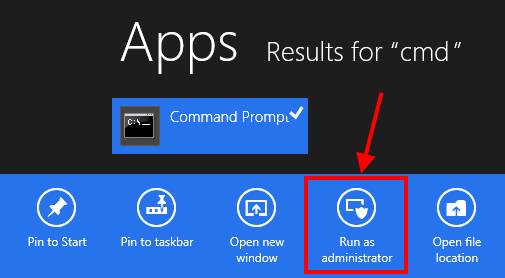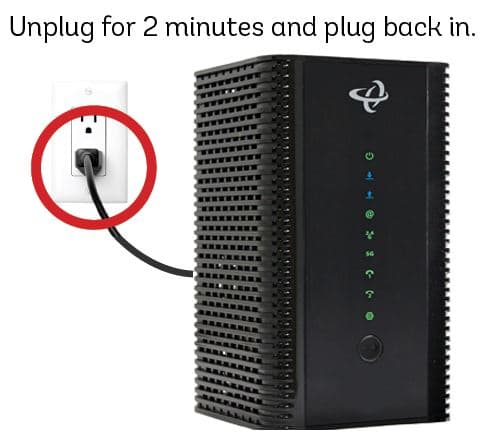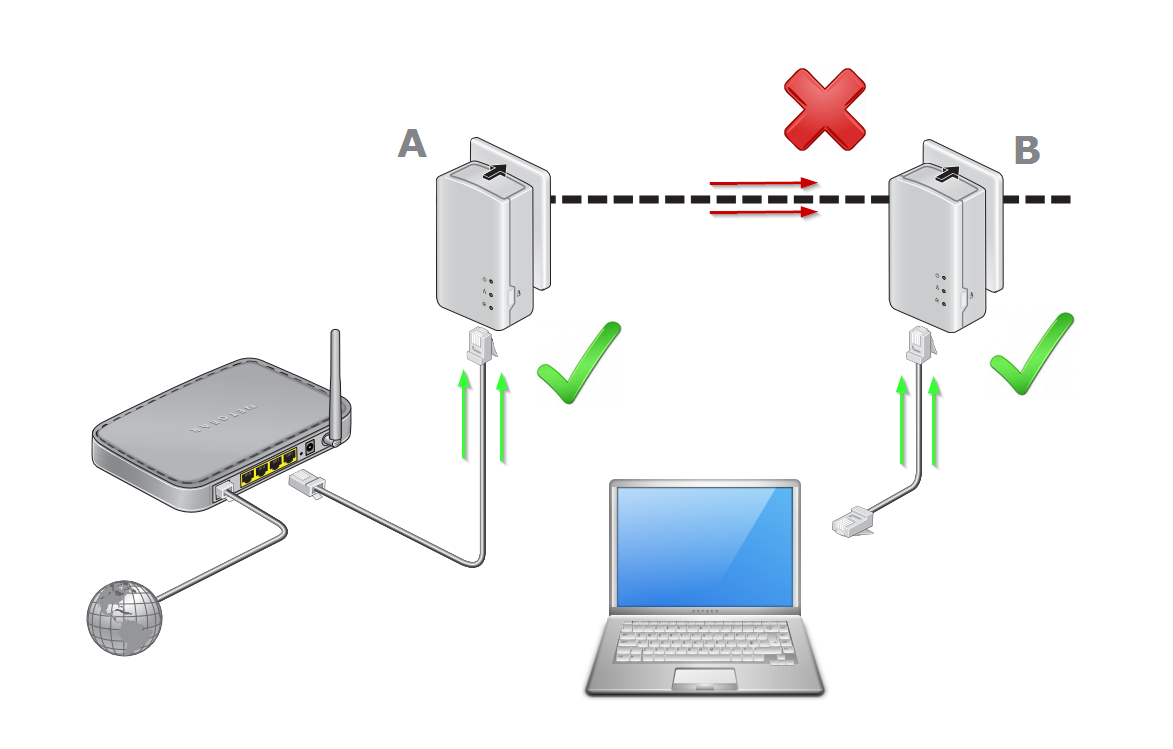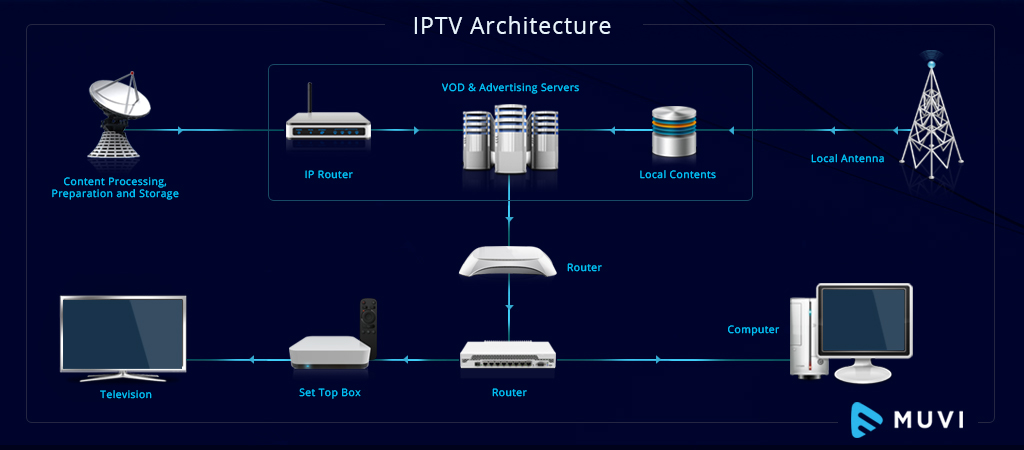In the world of audio, video, and data transmission, the terms “balanced” and “unbalanced” refer to two different methods of signal transmission. Understanding the differences between these two methods is crucial for achieving optimal signal quality and minimizing interference, especially in professional applications.
Unbalanced Connections
An unbalanced connection uses a single conductor (signal wire) and a ground reference to transmit the signal. The signal is carried on the single wire, while the ground acts as the return path for the current. Examples of unbalanced connections include:
- Coaxial cables (used for cable TV, internet, and some audio/video connections)
- Unbalanced audio cables (e.g., RCA, TS connectors)
- Unbalanced microphone cables
Advantages of Unbalanced Connections
- Simpler and less expensive
- Suitable for shorter cable runs or environments with minimal interference
Disadvantages of Unbalanced Connections
- Susceptible to electromagnetic interference (EMI) and radio frequency interference (RFI)
- Signal degradation over longer cable runs
Balanced Connections
In a balanced connection, the signal is transmitted using two conductors (signal wires) of equal impedance, with the signal being carried as the difference between the two wires. The two wires are twisted together to minimize external interference. Examples of balanced connections include:
- Balanced audio cables (e.g., XLR, TRS connectors)
- Balanced microphone cables
- Ethernet cables (for data communication)
Advantages of Balanced Connections
- Ability to reject noise and interference
- Suitable for longer cable runs with minimal signal degradation
- Resistant to EMI and RFI
Disadvantages of Balanced Connections
- More expensive than unbalanced connections
- Require specialized connectors and equipment
Noise Rejection in Balanced Connections
The key advantage of balanced connections is their ability to reject noise and interference. Any external noise or interference that affects both conductors equally will be canceled out, as the receiver only responds to the difference between the two signals. This makes balanced connections more resistant to EMI and RFI, allowing for longer cable runs with minimal signal degradation.
Applications
Audio
In professional audio applications, such as recording studios, live sound reinforcement, and broadcast environments, balanced connections are preferred due to their superior noise rejection capabilities. Balanced microphone cables and interconnects are commonly used to ensure high-quality signal transmission over longer distances.
Video
While unbalanced connections like coaxial cables are commonly used for video transmission in consumer applications, balanced connections may be used in professional video setups, especially when transmitting signals over long distances or in environments with high levels of interference.
Data Communication
Ethernet cables, which use a balanced twisted-pair configuration, are widely used for data communication in local area networks (LANs) and other networking applications. The balanced design helps ensure reliable data transmission and minimizes interference.
Choosing Between Balanced and Unbalanced
The choice between balanced and unbalanced connections depends on several factors, including the application, distance, and environmental conditions. In general, balanced connections are preferred for professional audio, video, and data communication applications where signal quality and noise rejection are critical. Unbalanced connections may be suitable for shorter cable runs or environments with minimal interference, such as consumer audio/video setups.
When selecting cables and equipment, it’s essential to consider the specific requirements of your application and consult with professionals or manufacturers for guidance on the most appropriate solution.
By understanding the differences between balanced and unbalanced connections, you can make informed decisions to ensure optimal signal quality and performance in your audio, video, or data transmission setup.







